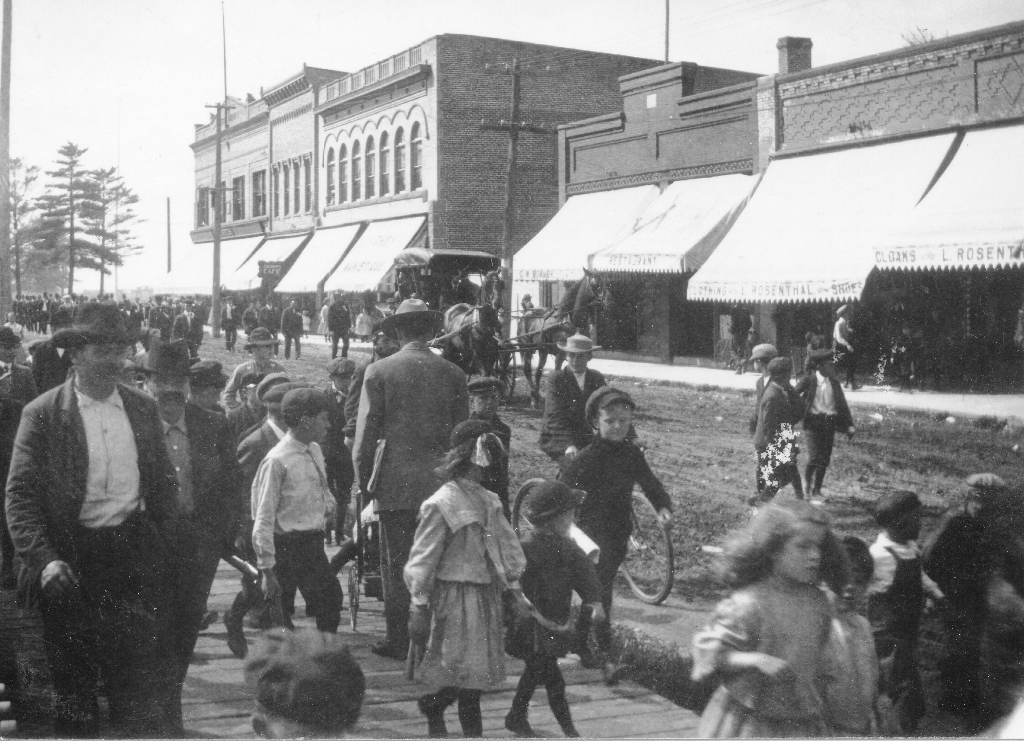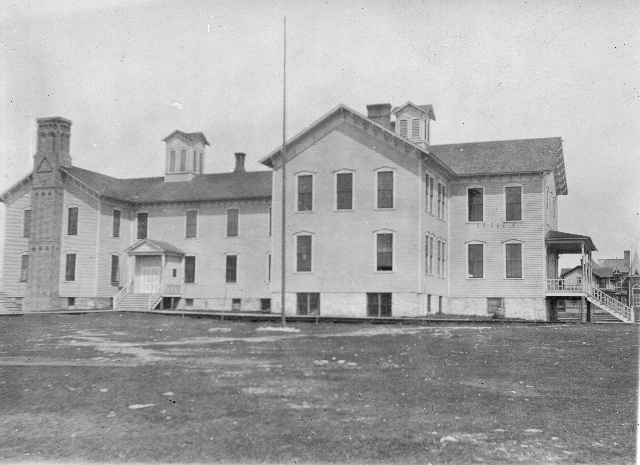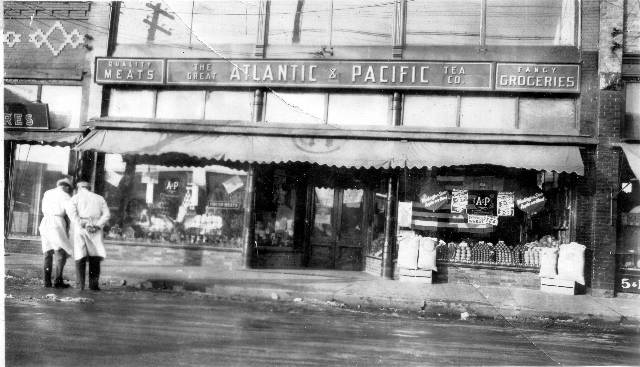
Circa 1904-06 image of Rosenthal’s Clothing Store (last two awnings far right)
Lazarus Rosenthal was born on November 4, 1874 in Syracuse, New York to Saul and Celia (Rubenstein) Rosenthal. He came to Manistique in 1895 and operated a dry goods store for four years under the name of Rosenthal & Blumrosen. Rosenthal married Rachael Blumrosen in a Jewish ceremony in Detroit, Michigan on January 28, 1898.
Becoming sole owner of Rosenthal’s Clothing Store in 1899, he remained in business in Manistique for 27 years. In February of 1926, he sold the clothing store to Henry Neville and W. J. Raredon. The Rosenthal building later housed the Lauerman Department Store. While in business in Manistique, Rosenthal was active in civic affairs and a great booster for Manistique and Schoolcraft County.



